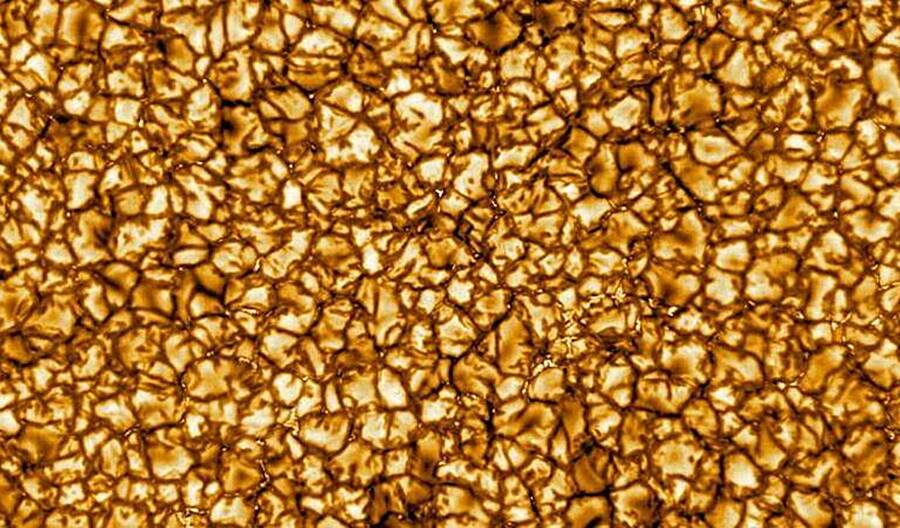A Solar Telescope Captured The Most Detailed Image Of The Sun In Human History

PixabayThe Inouye Solar Telescope in Hawaii captured the most detailed image of the Sun to date.
In January 2020, an intensely detailed image of the Sun was captured by the Inouye Solar Telescope in Hawaii. The image is the first of its kind, a major headline in the year’s latest space news, and will provide unprecedented insight into the history of our star.
Located on the Haleakala volcano on East Maui, the solar telescope is comprised of a 13-foot mirror. It has advanced optic abilities that allow it to reduce the blur produced by Earth’s atmosphere on the digital images it takes.
The Inouye Solar Telescope images are the most detailed pictures of the Sun to ever exist. Each pixel is the size of France.

National Science FoundationThis image reveals solar features as small as 18 miles in size for the first time ever.
“What we previously thought looked like a bright point — one structure — is now breaking down into many smaller structures,” said Thomas Rimmele, the director of the Inouye Solar Telescope project. But the telescope will do more than just capture stunning high-definition images of the Sun.
Soon, the telescope will also be able to map the magnetic fields within the Sun’s outer layer, known as the corona. The outer layer burns at an unimaginable temperature of one million degrees Kelvin, which is much hotter than its inner core, and is where solar eruptions or storms occur.
Mapping the corona will enable researchers to better forecast solar storms, which are so strong that they can cause interference in our telecommunications systems on Earth.
“To unravel the Sun’s biggest mysteries,” Rimmele said, “we have to not only be able to clearly see these tiny structures from 93 million miles away but very precisely measure their magnetic field strength and direction near the surface and trace the field as it extends out into the million-degree corona.”
These breakthrough studies of our Sun were among the biggest stories in space news in 2020.





